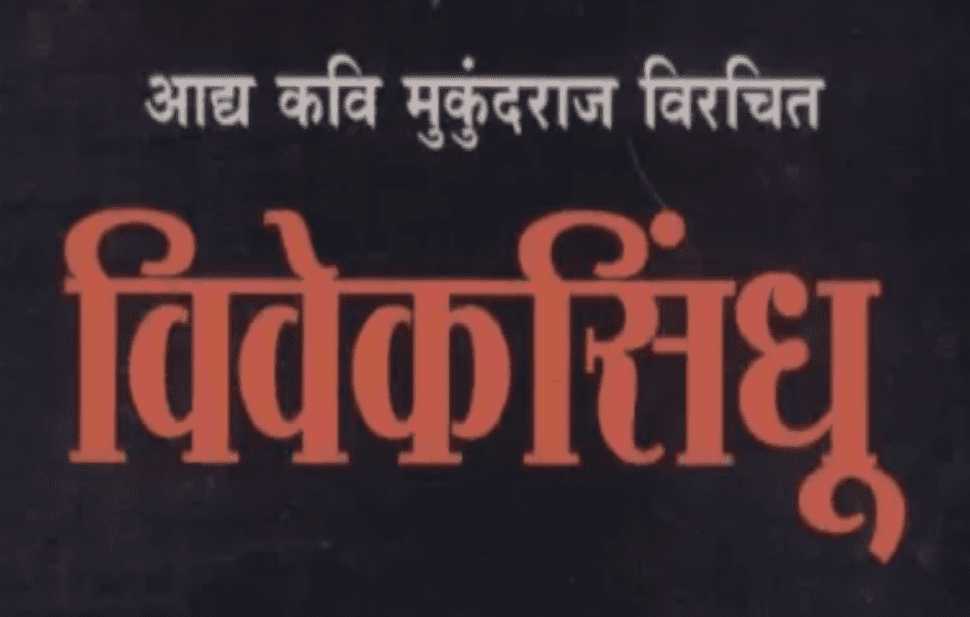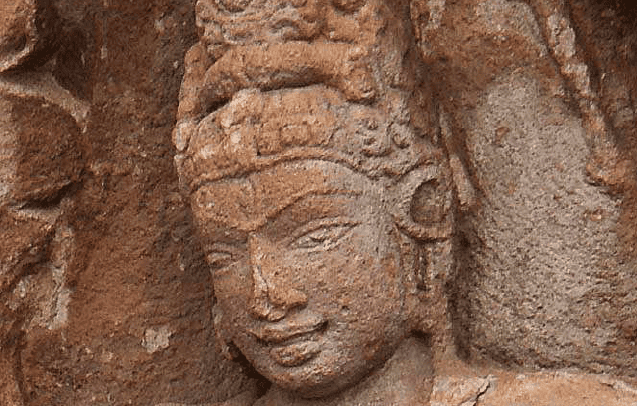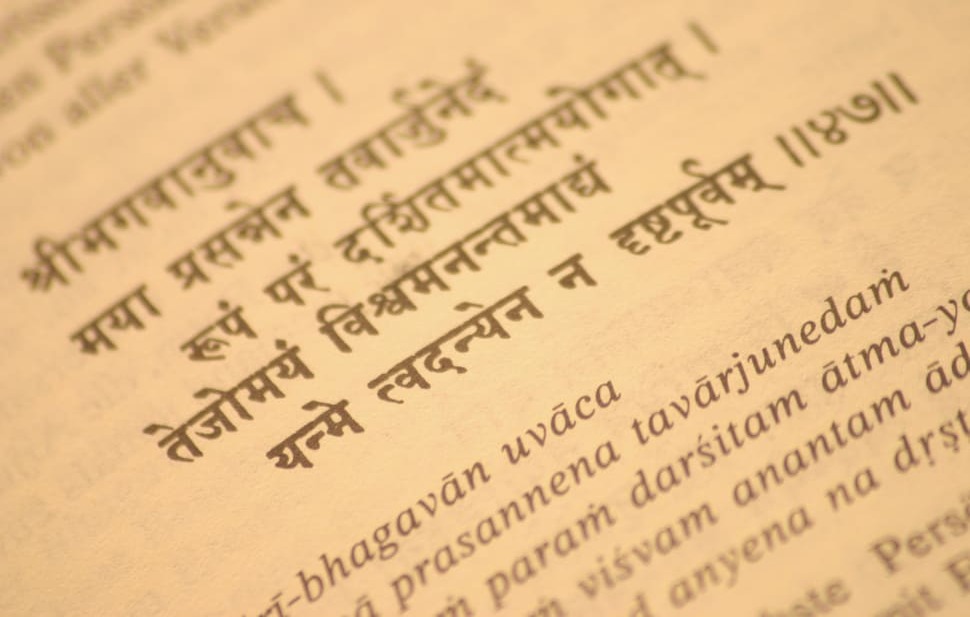Commissioned an English translation of the 13th-century Marathi Vedantic text, Vivekasindhu
Tattva Team — October 22

Tattva Heritage Foundation has commissioned an English translation of the first non-Sanskrit Advaita Vedānta text, the 13th-century Marathi work, Vivekasindhu composed by Mukundaraja. The translation will be undertaken by the distinguished scholar Dr Madhavi Kolhatkar.
Divided into 2 parts, Purvārdha and Uttarārdha, Vivekasindhu has a total of 18 chapters (mirroring the number of chapters in the Bhagavad Gītā). It is not only the earliest non-Sanskrit text of Vedanta but it is also one of the earliest works of Marathi literature, a period of time when Marathi emerged as a full-fledged literary language. Along with Līḷācharitra and Jñāneśvari, Vivekasindhu constitutes the three most seminal works of early Marathi literature.
The translation of Vivekasindhu will provide us with another window to better understand this astonishingly fecund period of Maharashtra’s history, the 11th to 13th centuries. Under the rule of the Silaharas of Konkan and the Yadavas, who initially ruled under the suzerainty of the Kalyani Chalukyas and then independently, Maharashtra became a seat of learning and scholarship. Seminal texts on music, dance, medicine, and law were being composed under the patronage of the Yadava kings. This period also marked the emergence of four distinct religious movements in Maharashtra: the yogic and siddha tradition of the Naths who emerged from the Śaiva-śakta milieu of Maharashtra, the Krishnite sect of the Mahānubhavas, the Vaiṣṇava sampradāya of the Vārkaris, and the Advaita Vedānta tradition of Śaṅkara which influenced the metaphysics of all the other religions traditions of Maharashtra.
Each of these religious communities produced a large number of religious-literary texts in Marathi that are still studied, sung and recited across Maharashtra. It was also during this period that the first structural stone temples were built in Maharashtra, starting from the mid-11th century Ambarnatha temple built by the Silaharas. During the next two centuries, Maharashtra was dotted with innumerable temples built in the beautiful nagara style incorporating distinct local elements.
Tattva Heritage Foundation will commission further translations of Marathi texts of this period and projects related to the architecture of this period. This, hopefully, will help us better understand this immense flowering of religious-cultural thought before the Islamic invasions from the north put a close to this glorious epoch of Maharashtra history.
About the translator: Madhavi Bhaskar Kolhatkar holds a PhD (Sanskrit) from Pune University. She started her career in 1973 as a Research Assistant in Sanskrit Dictionary Department at Deccan College, Pune. A Research Associate from 1985 onwards, Dr Kolhatkar has co-authored multiple books and has published over thirty articles on a variety of themes including Vedic rituals, religion, and Sanskrit literature. She is well versed in German, Russian, Tibetan and Japanese and has been at Nagoya University, Japan for her post-doctoral research in 1986 on a Japanese government scholarship. In 1987, she visited Nepal to participate in Gurumandalapuja – a project undertaken by the Department of Indian Philosophy, Nagoya University, Japan. She is the author of Sura: The liquor and the Vedic Sacrifice.


